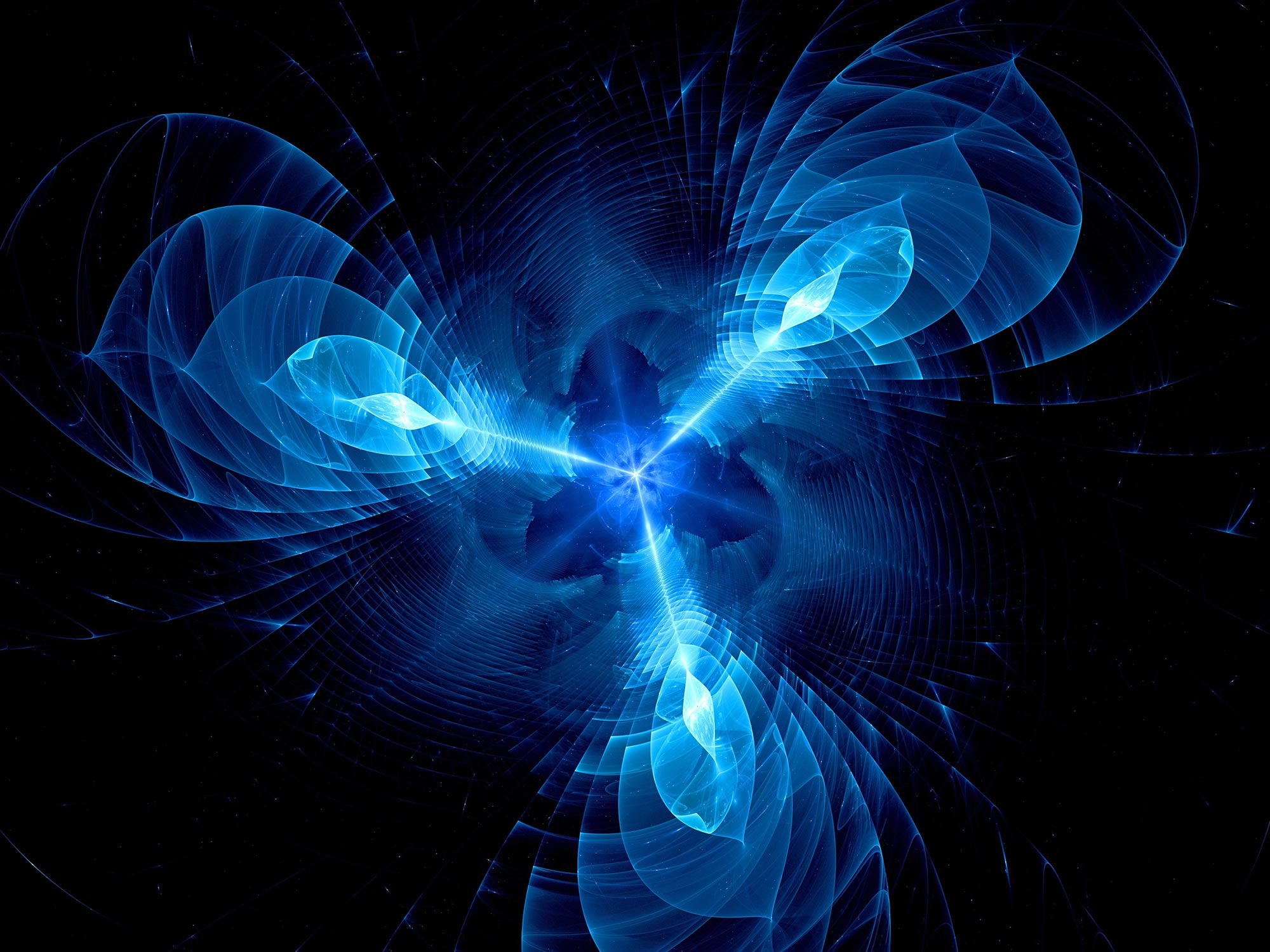
Detailed studies from the LHCb experiment found that a particle known as a beauty quark (quarks make up the protons and neutrons in the atomic nucleus) “decays” (falls apart) into an electron much more often than into a muon – the electron’s heavier, but otherwise identical, sibling.
According to the standard model, this shouldn’t happen – hinting that new particles or even forces of nature may influence the process.
Intriguingly, though, measurements of similar processes involving “top quarks” from the ATLAS experiment at the LHC show this decay does happen at equal rates for electrons and muons.The latest surprising result is a measurement of the mass of a fundamental particle called the W boson, which carries the weak nuclear force that governs radioactive decay.Many will look to various forms of “supersymmetry.” This is the idea that there are twice as many fundamental particles in the standard model than we thought, with each particle having a “super partner.” These may involve additional Higgs bosons (associated with the field that gives fundamental particles their mass).
May 13, 2022May 13, 2022May 13, 2022May 13, 2022May 13, 2022May 13, 2022May 13, 2022